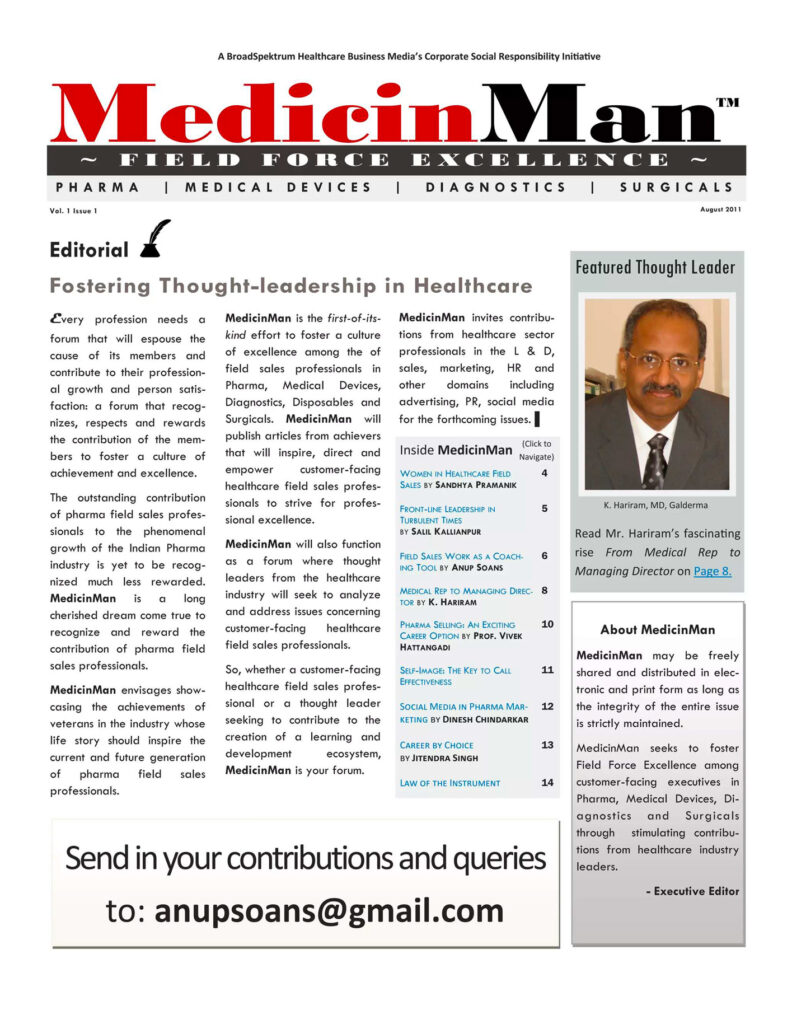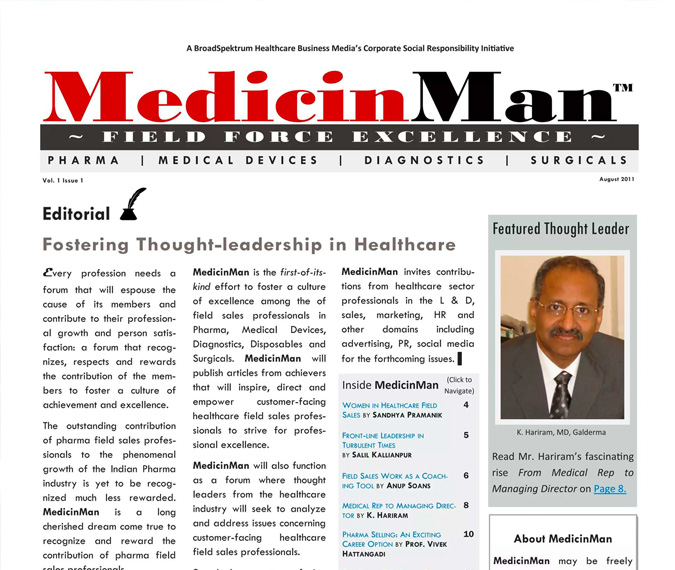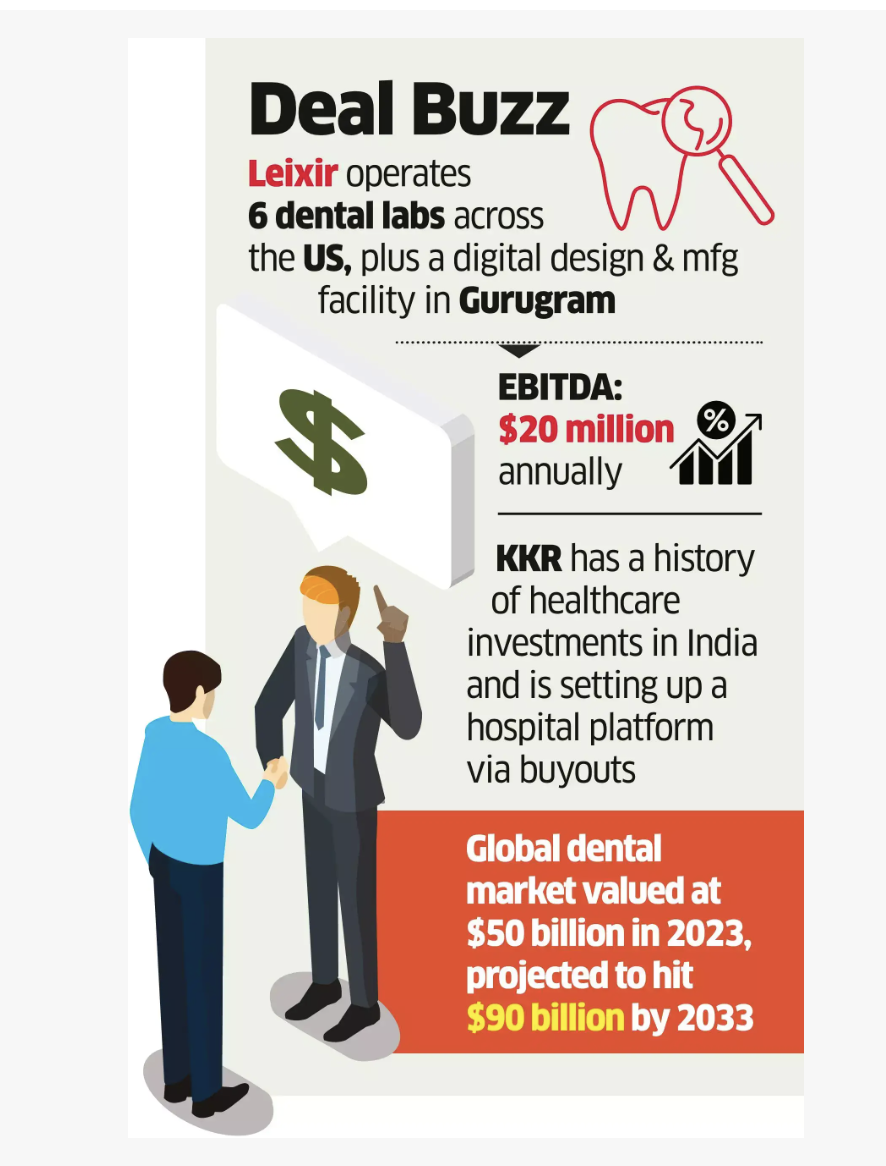
My account
Get into your account.
Hot topics
What Exactly Does Going Digital Mean?
Going digital is not about Social media or Omni channels. Is it about asking simple questions.
Best Buy is one of the largest electronic good retailers in USA. Few years ago Best Buy was threatened by what is now known as Showrooming effect. Basically customers would walk into its showrooms get benefitted by the advice of the salesperson, decide on the model and then go online to buy the product on Amazon because of low prices. Despite having one the best footfalls in the decade Best Buy recorded reduced profits. Although it did try to Price match Amazon they knew it was not a long-term solution because of its cost structure (Physical showrooms, salespeople etc). They couldn’t block the customers from checking price of product on Amazon. Future looked uncertain, everyone thought game over for Best Buy which was the case with many other retailing giants. No amount of investing new technology would have helped Best Buy .
Best Buy relearned how to make profits. Best Buy proposed to the manufacturers that they compensate Best Buy for exclusive showcasing of manufacturers new products. Manufacturers also could launch specific brand kiosks within Best Buy showroom for a fee. This new model which had zero investment for Best Buy dramatically increased its profitability.
Is this a ground breaking innovation? Of course NO. This has already been practiced in other industries but for the first time tried in Electronic good Retail. Best Buy realized apart from consumers it created lot of value for manufacturers therefore it captured the value lost from consumers from manufacturers.
What is my business? What is my business ecosystem? How do I currently make money? How changing one thing impacts my ecosystem? What are the options available?
How to Influence Patients to Adopt Healthy Lifestyle or Improve Adherence?
One of the many ways of influencing patients to...
MedicinMan Indian Pharma Digital Adoption Survey
Smaller Indian pharma companies bore the strongest impact from...
Finding the middle ground for Doctor-Stakeholder Relationship
Healthcare systems around the world differ – public, private or a mix of both public and private (like in India). With all the variance in healthcare delivery models, the risks to healthcare professionals remain universal: needle injuries to litigations to episodes of threats/ violence
Novo Nordisk — Septerna’s $2.2 Billion Deal
A New Era for Obesity Pills
Novo Nordisk has announced...
Will TATA Succeed in Reinventing Indian Pharma Retail through 1 MG Hybrid?
Tata 1mg App Business Model: How does it work...
GSK Bets Big on Liver Disease: $1.2B Upfront for Boston Pharma’s MASH Drug
In a bold move to strengthen its hepatology pipeline,...
Indian Pharma Market Performance – April 2025
The Indian Pharmaceutical Market (IPM) maintained moderate growth in...
Novo Nordisk — Septerna’s $2.2 Billion Deal
A New Era for Obesity Pills
Novo Nordisk has announced...
Will TATA Succeed in Reinventing Indian Pharma Retail through 1 MG Hybrid?
Tata 1mg App Business Model: How does it work...
GSK Bets Big on Liver Disease: $1.2B Upfront for Boston Pharma’s MASH Drug
In a bold move to strengthen its hepatology pipeline,...
Indian Pharma Market Performance – April 2025
The Indian Pharmaceutical Market (IPM) maintained moderate growth in...
Novo Nordisk — Septerna’s $2.2 Billion Deal
A New Era for Obesity Pills
Novo Nordisk has announced...
Will TATA Succeed in Reinventing Indian Pharma Retail through 1 MG Hybrid?
Tata 1mg App Business Model: How does it work...
GSK Bets Big on Liver Disease: $1.2B Upfront for Boston Pharma’s MASH Drug
In a bold move to strengthen its hepatology pipeline,...
Indian Pharma Market Performance – April 2025
The Indian Pharmaceutical Market (IPM) maintained moderate growth in...
Novo Nordisk — Septerna’s $2.2 Billion Deal
A New Era for Obesity Pills
Novo Nordisk has announced...
Will TATA Succeed in Reinventing Indian Pharma Retail through 1 MG Hybrid?
Tata 1mg App Business Model: How does it work...
GSK Bets Big on Liver Disease: $1.2B Upfront for Boston Pharma’s MASH Drug
In a bold move to strengthen its hepatology pipeline,...
Indian Pharma Market Performance – April 2025
The Indian Pharmaceutical Market (IPM) maintained moderate growth in...
Hot topics
An Invitation from the Editor
FFE and BrandStorm 2016 Agenda inside. Articles by Raja Reddy, K. Hariram, Amit Jain, and Vivek Hattangadi.
7 Transitions in Leadership for Indian Pharma Leaders
The rapid pace of change, which began in 2020...
Don’t Do Digital for the Sake of Doing Digital
Catalyzed by the pandemic, the pharma industry quickly progressed from being digitally agnostic to a state of preparedness.
The shift required the industry to experiment with technology in its customer-facing plans, which resulted in many cases the creation of random acts of digital, often without a cohesive overarching strategy.
Can pharma do better? The answer lies in understanding the utility of their digital assets while building a mindset to transform, and ensuring that teams within the organization do not work at cross-purposes.
Astra Zeneca Tops Indian Pharma in New Introductions 2024
Analysis of Indian Pharmaceutical Market (IPM) – 2024
This data...
Novo Nordisk — Septerna’s $2.2 Billion Deal
A New Era for Obesity Pills
Novo Nordisk has announced...
Will TATA Succeed in Reinventing Indian Pharma Retail through 1 MG Hybrid?
Tata 1mg App Business Model: How does it work...
GSK Bets Big on Liver Disease: $1.2B Upfront for Boston Pharma’s MASH Drug
In a bold move to strengthen its hepatology pipeline,...
Indian Pharma Market Performance – April 2025
The Indian Pharmaceutical Market (IPM) maintained moderate growth in...
Novo Nordisk — Septerna’s $2.2 Billion Deal
A New Era for Obesity Pills
Novo Nordisk has announced...
Will TATA Succeed in Reinventing Indian Pharma Retail through 1 MG Hybrid?
Tata 1mg App Business Model: How does it work...
GSK Bets Big on Liver Disease: $1.2B Upfront for Boston Pharma’s MASH Drug
In a bold move to strengthen its hepatology pipeline,...
Indian Pharma Market Performance – April 2025
The Indian Pharmaceutical Market (IPM) maintained moderate growth in...
Novo Nordisk — Septerna’s $2.2 Billion Deal
A New Era for Obesity Pills
Novo Nordisk has announced...
Will TATA Succeed in Reinventing Indian Pharma Retail through 1 MG Hybrid?
Tata 1mg App Business Model: How does it work...
GSK Bets Big on Liver Disease: $1.2B Upfront for Boston Pharma’s MASH Drug
In a bold move to strengthen its hepatology pipeline,...
Indian Pharma Market Performance – April 2025
The Indian Pharmaceutical Market (IPM) maintained moderate growth in...
Novo Nordisk — Septerna’s $2.2 Billion Deal
A New Era for Obesity Pills
Novo Nordisk has announced...
Will TATA Succeed in Reinventing Indian Pharma Retail through 1 MG Hybrid?
Tata 1mg App Business Model: How does it work...
GSK Bets Big on Liver Disease: $1.2B Upfront for Boston Pharma’s MASH Drug
In a bold move to strengthen its hepatology pipeline,...
Indian Pharma Market Performance – April 2025
The Indian Pharmaceutical Market (IPM) maintained moderate growth in...
MedicinMan was launched in 2011 as India’s 1st Magazine dedicated to the cause of Field Force Excellence in Pharma and Devices.
Read More
Headlines
Novo Nordisk — Septerna’s $2.2 Billion Deal
A New Era for Obesity Pills
Novo Nordisk has announced...
Will TATA Succeed in Reinventing Indian Pharma Retail through 1 MG Hybrid?
Tata 1mg App Business Model: How does it work...
GSK Bets Big on Liver Disease: $1.2B Upfront for Boston Pharma’s MASH Drug
In a bold move to strengthen its hepatology pipeline,...
Indian Pharma Market Performance – April 2025
The Indian Pharmaceutical Market (IPM) maintained moderate growth in...
Newsletter
Get important news delivered directly to your inbox and stay connected!






